How Minnesota’s shortage of trained wildland firefighters increases danger from wildfires
Ely, Minn. – Dry, tall grass crunches underneath the boots of more than a dozen students, who are dressed in firefighting gear.
The Wildland Fire Control and Management class at Minnesota North College’s Vermilion campus is setting fire to a five-acre field outside of Ely. It’s the second prescribed burn the class has performed this spring.
Suddenly, the wind gusts and swirls in the center of the field. The flames grow and the crackling of fire intensifies.
“It’s pushed fire over our line a little bit,” said instructor Ryan Miller, before yelling to students to put water down on the field to prevent the fire from spreading.
The students experienced conditions that firefighters will face as Minnesota braces for wildfire season.
Officials say the “perfect storm” is brewing for the state to experience significant fire activity.
While dry conditions and dead, diseased trees are putting some of the state’s most treasured lands at risk, officials say a nationwide shortage of wildland firefighters could mean fewer resources dedicated to Minnesota to put them out.
Dry land
As James Devine watched the prescribed burn on his property, he pulled out his phone.
“Generally, this time of year, this would be completely flooded,” he said, scrolling to a picture from April 2023.
Standing water and snow covered the field. In the photo, Devine’s two sons maneuver down a makeshift river on an innertube with help from an oar.

Devine’s property sits in the heart of the Superior National Forest, nearly 3 million acres of forest that stretches across Minnesota’s Arrowhead.
The latest U.S. Drought Monitor shows abnormally dry conditions persist in the northern part of the state. Very little snow and warmer than average temperatures left the area in drought most of the winter.
The drought-stricken winter is worrying officials with the U.S. Forest Service, which manages the land.
“Starting off our fire season in the drought is always a concern,” said Nicole Selmer, a fire prevention technician with USFS. “Because the forest itself, the plants and the trees, we’re already starting drier than normal.”
Forest mitigation efforts
Selmer said the conditions mirror the fire season of 2021, when the Greenwood Fire burned over 26,800 acres near Isabella and destroyed dozens of structures, including cabins near McDougal Lake.
RELATED: Drone footage offers bird’s-eye view of the aftermath of the Greenwood Fire
The blaze, started by lightning, was fueled by an outbreak of the spruce budworm. The native caterpillar slowly eats away the needles of balsam fire and white spruce trees, leaving behind dead, diseased trees on the forest floor.
In the last three years, Forest Service crews have cleared nearly 60,000 acres of brush and trees, according to data provided to 5 INVESTIGATES.
But that figure only makes up less than 3% of the total forest footprint managed by the Forest Service.
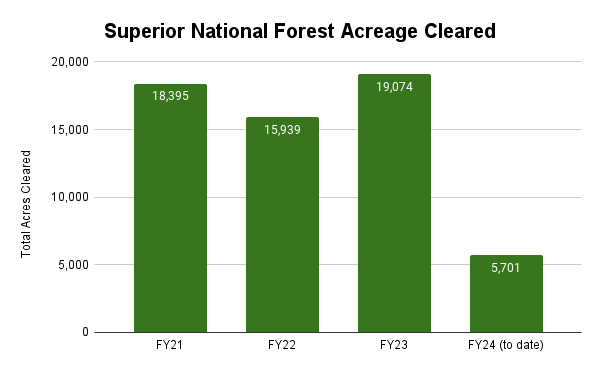
“You can prepare as much as you can,” Selmer said. “But when you have a lot of fuel loading on the ground, even though you’ve prepared really well… you’re at the mercy of the local conditions.”
Hands-on experience
The conditions during April’s prescribed burn offered students like Anne Wettschreck a realistic view of what it’s like to fight wildfires.
“You can see videos, you can learn about it in the classroom, but it’s a lot different experience once you’re actually hands-on,” she said.
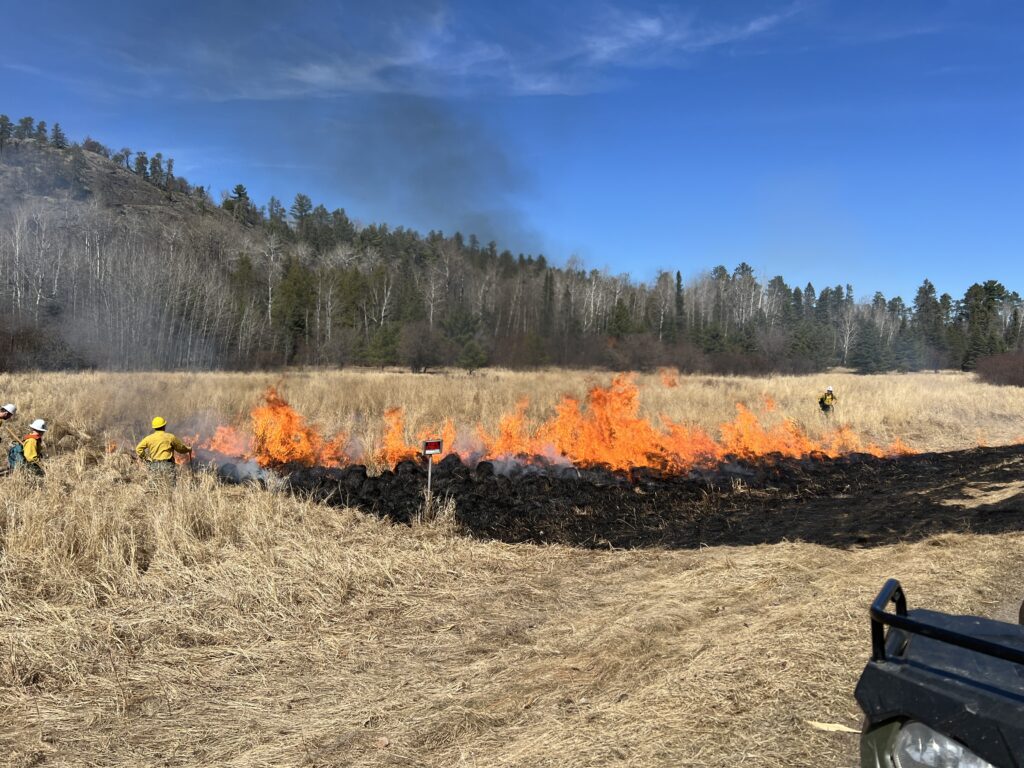
When the students graduate this month, they’ll be certified wildland firefighters, ready to work on the front lines.
Kris Ryan, from Lake City, is already signed up to be a smoke chaser with the Minnesota Department of Natural Resources this summer.
But when asked if he was considering a career in wildland firefighting, the student hesitated.
“I do like the idea of traveling around and fighting fire,” he said. “I think it’d be cool. It’s kind of on the back burner right now.”
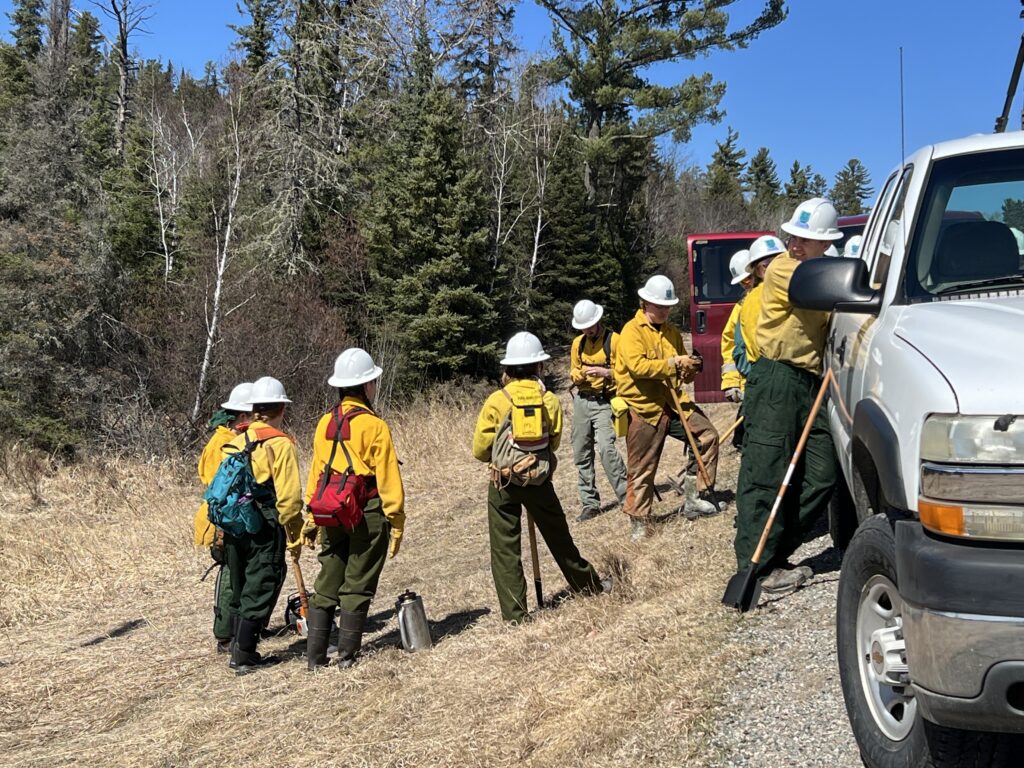
That reluctance is a trend instructor Ryan Miller has noticed over the past few years.
“We have about 20 students on a given year and out of those 20, four or five maybe go into wildland firefighting, professionally,” he said during an interview in April.
Struggle to hire
The Forest Service acknowledges it’s struggling to hire firefighters all over the country. In early April, the agency said it had only signed on 76% of its total goal of crews for the summer.
Miller understands better than anyone why those numbers are so low. He worked for nearly a decade as a wildland firefighter on the front lines of some of the country’s largest and most destructive wildfires.
“It’s the best job that I ever had,” he said. “The Forest Service paid me to see the country and go to these beautiful places. And it was fun. It gave me and 19 other people that I was working with a mission.
“But I’m really glad that I’m not doing it right now.”
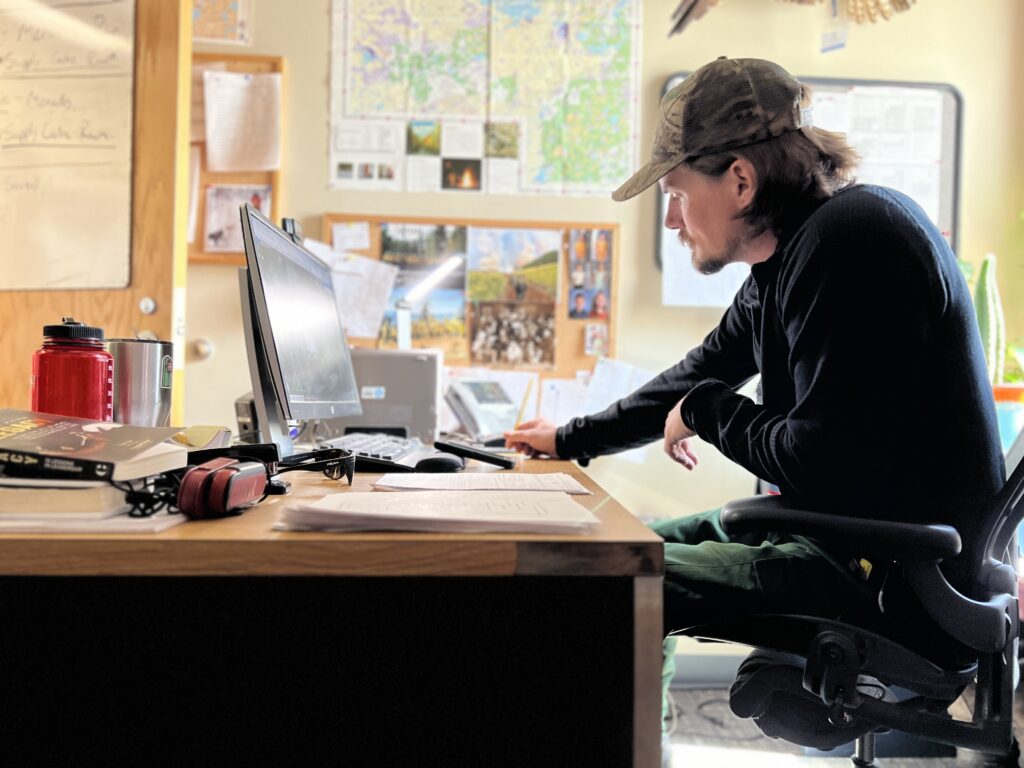
Miller says the hardships of the job outweighed the fun.
The physical demand resulted in 10 surgeries in two decades. The emotional toll of the job strained his relationships. But Miller says one of the biggest issues to overcome – then and now – is the pay.
“If I didn’t put in any overtime, I think my base pay would have been about $28,000 a year,” he said.
Timo Rova worked as a wildland firefighter for more than 30 years. Both his son and daughter followed in his footsteps and are working as wildland firefighters.
But Rova said his son is now planning to leave the profession.
“My son’s a smokejumper in Missoula right now and can barely afford to pay rent,” Rova said in an interview.
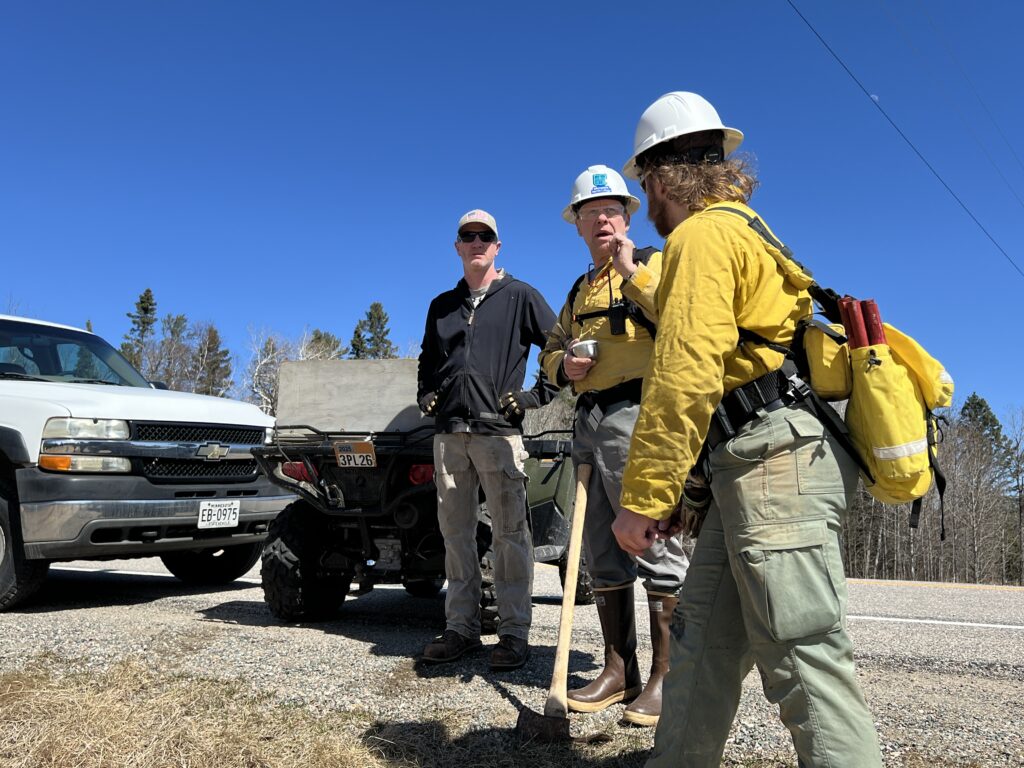
As firefighters leave those jobs, they also leave gaps in the system. Data from the National Interagency Coordination Center showed one in four requests for crews to fight active wildfires in the U.S. went unfilled in 2023.
Miller said that means fewer crews will be working more fires, especially during an active season.
“If we have wildfires in Minnesota and in Arizona and in California and in Colorado, and we’re all hot and dry and droughty, then we’re just going to be very short-staffed,” he said. “Mistakes are going to be made and firefighters are likely going to pay the price for that.”